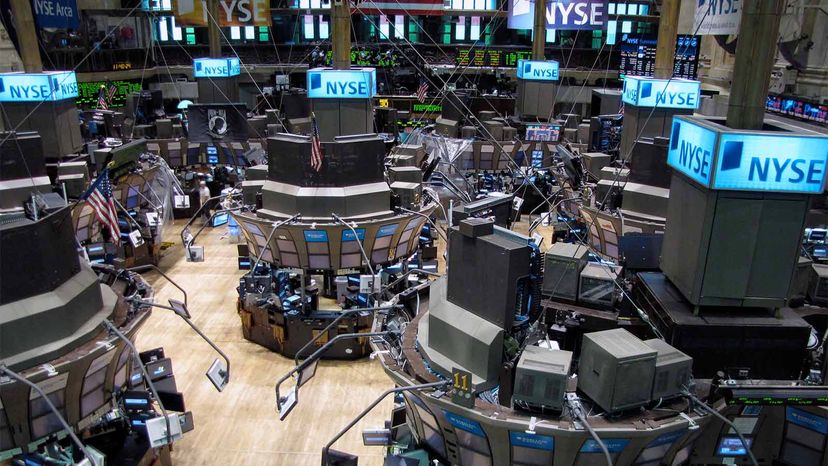 “The New York Stock Exchange has changed its hours many times throughout its decades-long history. Wikimedia/(CC BY-SA 4.0)
“The New York Stock Exchange has changed its hours many times throughout its decades-long history. Wikimedia/(CC BY-SA 4.0)
The New York Stock Exchange (NYSE) for years has, for the most part, kept "banker’s hours." But why exactly is the largest stock exchange in the United States — and one of the most important stock markets in the world — open for 6.5 hours a day during the week, even as banking hours have expanded? Let’s break it down.
A Brief History of Trading Times
Currently, the NYSE opening bell rings at 9:30 a.m. EST and rings closed at 4 p.m., Monday through Friday. This 6.5-hour regular trading session was first implemented in 1985 when the NYSE began opening at 9:30 a.m., 30 minutes earlier than the time first established more than 100 years before in 1871. But back in the late 19th century, the regular daily trading hours ranged between 10 a.m. and somewhere between 2 p.m. and 4 p.m. These market hours were held six days a week, Monday through Saturday and trading was not continuous like it is today.
In 1887, the hours were set at 10 a.m. to 3 p.m. Monday through Friday and only 10 a.m. to noon Saturday. These hours lasted well into the next century until 1952 when the NYSE closed permanently on Saturday. In addition to eliminating Saturday trading, the NYSE extended the weekday trading hours by 30 minutes from 10 a.m. to 3:30 p.m.
Just over two decades later, in 1974, the hours were extended again by another half-hour to closing at 4 p.m. This lasted 11 years before the regular trading hours changed for the last time to what we know now.
NYSE Extended Hours
But wait, there’s more! While regular trading hours still exist, today’s modern way of trading has created a new set of extended hours and after-hours trading. In 1991, the NYSE launched extended-hours trading from 4 p.m. to 5:15 p.m. Extended-hours trading was initially limited to institutional investors, but electronic trading eventually extended access to retail investors as well.
Today, the NYSE extended trading hours begin at 4 a.m. and end at 8 p.m. EST, allowing investors up to 16 hours of extended trading each day.
Peter Asch, corporate communications and archivist for NYSE, told Benzinga newswire that a number of influences from volume, number of securities, clearing requirements, paperwork and the role of technology have all played a part in creating today’s hours.
Now That’s Interesting
We owe the creation of the Federal Reserve System, the Securities and Exchange Commission (SEC) and the Federal Deposit Insurance Corp. (FDIC) to a series of stock market crashes throughout the years.


